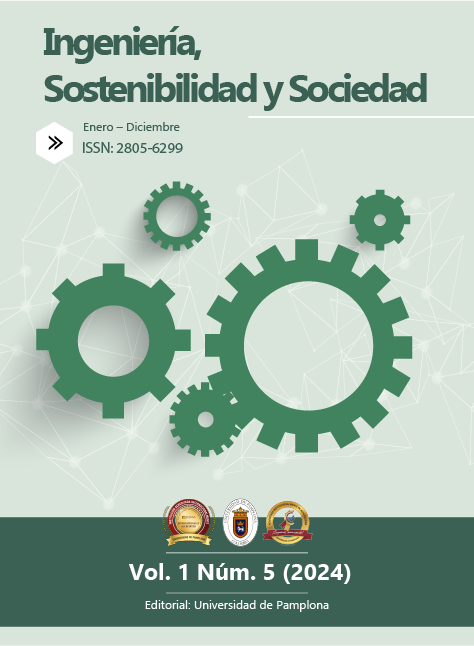The feasibility in the design of small businesses. Hidromaracuya case
DOI:
https://doi.org/10.24054/iss.v1i5.4035Keywords:
design, hydroponics or hydro cultivation, granadillasAbstract
The purpose of this project is to determine whether or not it is feasible to invest in a passion fruit production business through hydroponic cultivation, as well as to be able to design the company through design programs. This type of business has been chosen based on studies carried out in the respective markets, whose characteristics determine that it is viable to carry it out. The results indicate that there is still no massive or widespread practice of this activity, only those who carry it out, allocating large amounts of resources.
The points developed in this study basically have to do with the perceptions, expectations and needs of farmers, as well as the needs they have and the market segments of which they are part.
References
Caracol, N. (2024, junio 17). Colombia ha aumentado la exportación de maracuyá: ¿De qué se trata? Noticias Caracol. https://www.noticiascaracol.com/la-finca-de-hoy/capitulos/colombia-ha-aumentado-la-exportacion-de-maracuya-de-que-se-trata-so35
Felipe, M. G. R. (s. f.). Diseño y gestión de plantas industriales (p. 29). Recuperado el 17 de junio de 2025, de https://www.academia.edu/32797216/DISE%C3%91O_Y_GESTION_DE_PLANTAS_INDUSTRIALES
Finagro. (2024). Marco de referencia agroeconómico. Maracuyá amarillo. Minagricultura.
Maracuyá, C. (2020). Maracuyá—Mosca del ovario. https://sites.google.com/view/culmaracuya/plagas-yenfermedades/mosca-del-ovario
Mora Castro, D. P. (2011). El cultivo de maracuyá en temporada invernal. Instituto Colombiano Agropecuario.
Núcleo Jardín. (2024). Cómo se aplica el fertilizante granulado. https://nucleojardin.com/como-se-aplica-el-fertilizante-granulado/
Núñez, P. D. T. (2018). Estrategias de polinización en passifloras, especies: Maracuyá amarillo (Passiflora edulis f. flavicarpa), granadilla (Passiflora ligularis) [Trabajo de grado, Universidad de Ciencias Aplicadas y Ambientales U.D.C.A, Facultad de Ingeniería, Programa de Ingeniería Agronómica].
Secretaría de Agricultura y Desarrollo Rural. (2018, marzo). Cómo cuidar el agua: Hidroponía y tecnificación. gob.mx. http://www.gob.mx/agricultura/articulos/como-cuidar-el-agua-hidroponia-y-tecnificacion
Toribio, C. (2021, julio 8). ¿Por qué a la maracuyá se le dice «fruta de la pasión»? Te contamos la historia. Gastrolab. https://www.gastrolabweb.com/tendencias/2021/7/8/por-que-la-maracuya-se-le-dice-fruta-de-la-pasion-te-contamos-la-historia-12417.html
Unidad de Planificación Rural Agropecuaria (UPRA). (2024, septiembre 27). Los beneficios de los cultivos hidropónicos como técnica para agricultura sostenible. https://www.agronet.gov.co/Noticias/Paginas/Los-beneficios-de-los-cultivos-hidrop%C3%B3nicos-como-t%C3%A9cnica-para-agricultura-sostenible.aspx
Downloads
Published
How to Cite
Issue
Section
License

This work is licensed under a Creative Commons Attribution-NonCommercial-NoDerivatives 4.0 International License.








